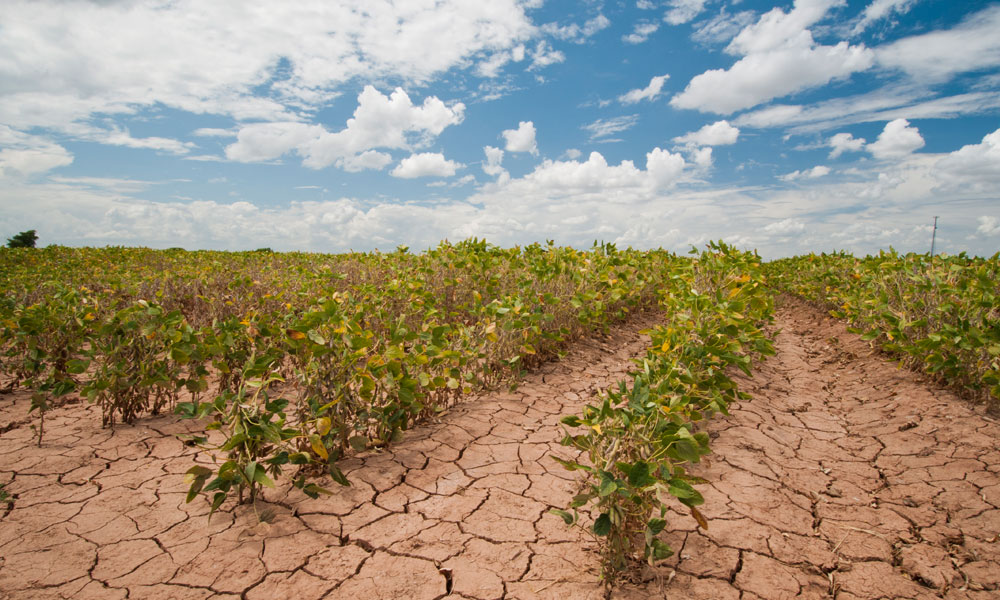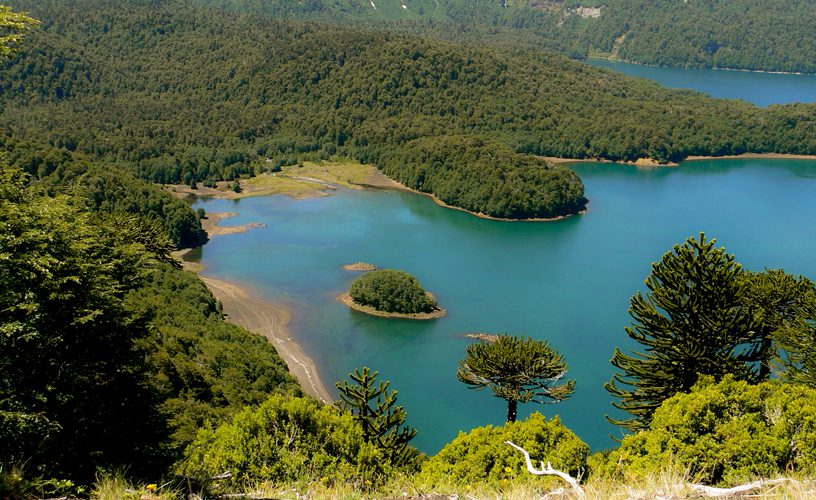Damage to the economy brought by man-made climate change unfolds for a trend

Europe’s freakishly warm weather is likely to extend into the middle of March and may be evidence that human activity like burning fossil fuels is shifting the climate.
That’s what scientists are saying after temperatures topped 20 degrees Celsius (68 degrees Fahrenheit) for the first time during the winter in the U.K. The comments, which are becoming increasingly frequent with each new spell of unusual weather, break with the convention that individual shifts in the temperature are almost impossible to link to a change in the climate.
“Almost certainly, man-made climate change has already made events like this week’s more likely than if humans were not warming the planet with our fossil fuel emissions,” said James Screen, a climate scientist at the University of Exeter.
Forecasts over the previous week revised up temperature predictions for the next two weeks across northern Europe and now indicate above-normal readings through the end of that horizon. This year’s mild spell during what’s usually the coldest month of the year prompted natural gas and electricity prices to tumble across the continent and sparked wildfires in England and Italy. Politicians and business leaders alike are expressing concern about damage to the economy that’s unfolding now for a trend that many had thought would take decades or even centuries to unfold.
“Massive wildfires appear to be occurring more frequently as a result of climate change,” said Munich Re board member Torsten Jeworrek. The German reinsurance giant reported global losses from natural catastrophes hit $160 billion last year, some $20 billion above inflation-adjusted averages in the previous three decades. The 117 weather-related events in Europe were the highest since records began in 1980.
Europe Getting Warmer
Temperatures have risen around 1.4 degrees celsius since pre-industrial times.
Screen at Exeter University said rising temperatures allowed a high pressure system to drift over Europe and form “blocking ridges” to more normal weather patterns. This year, the ridge brought warm dry air from Africa and prevented rain-bearing Atlantic fronts from reaching land. Last year, a similar effect triggered “The Beast from the East” cold snap by allowing winds from Siberia to blow much further to the west than usual.
“The odds of seeing these unprecedented temperatures have been increased quite substantially by climate change,” said Peter Stott, a scientist who leads the climate monitoring and attribution team at the Met Office. “What then is harder to be definitive about is the effect of climate change on the jet stream itself.”
German meterologists Deutscher Wetterdienst revised its four week forecast on March 1, and now sees above normal temperatures, combined with dryer conditions, across the country through to the end of March.
In Italy, Canadair firefighting planes on Wednesday morning were dumping water on forest fires raging over Tuscan hillsides after a prolonged dry spell. The fires prompted closure of the a highway linking central Italy to Austria, delaying road transport of goods.
A heatwave in the U.K. contributed to fires on Saddleworth Moor in the Pennine hills between Manchester and Leeds burning out of control on February 28, with firefighters tackling blazes on crisp-dry moorlands typically covered with snow thirty years ago.
Thomas Smith, assistant professor in environmental geography at the London School of Economics, said events like that may happen more often as the climate warms.
The Heat’s On
“These warm spells will become more likely with climate change, and so we should expect fire activity like we’ve seen this week to happen more frequently in future,” Smith said.
Powerful storms in the Mediterranean have been another consequence of the shifting weather patterns, with rising temperatures increasing the amount of energy and water in storms, according to according to Daniele Spizzichino, senior climatologist at the Italian Institute for Environmental Protection and Research.
In Germany, warmer weather is drying up the Rhine River, reducing water levels at Kaub and raising the risk that barge traffic could face interruptions without more rain over the coming months.
Dennis Meissner, hydrologist at Germany’s Federal Institute of Hydrology said the dry February weather had lowered water levels in the Rhine and that water tables in the river’s basin hadn’t properly re-charged from last year’s drought. These conditions may persist, he said.
“The current low water level and the previous year’s not yet completely well-balanced precipitation deficit aren’t the best conditions for the outlook for the waterway over the coming months,” Meissner said.
Europe’s Restless Weather
Insurance data show the number of weather-related catastrophes has risen from 40 in 1987 to 120 in 2018. Events include storms, floods, drought, extreme temperature, fires.



































